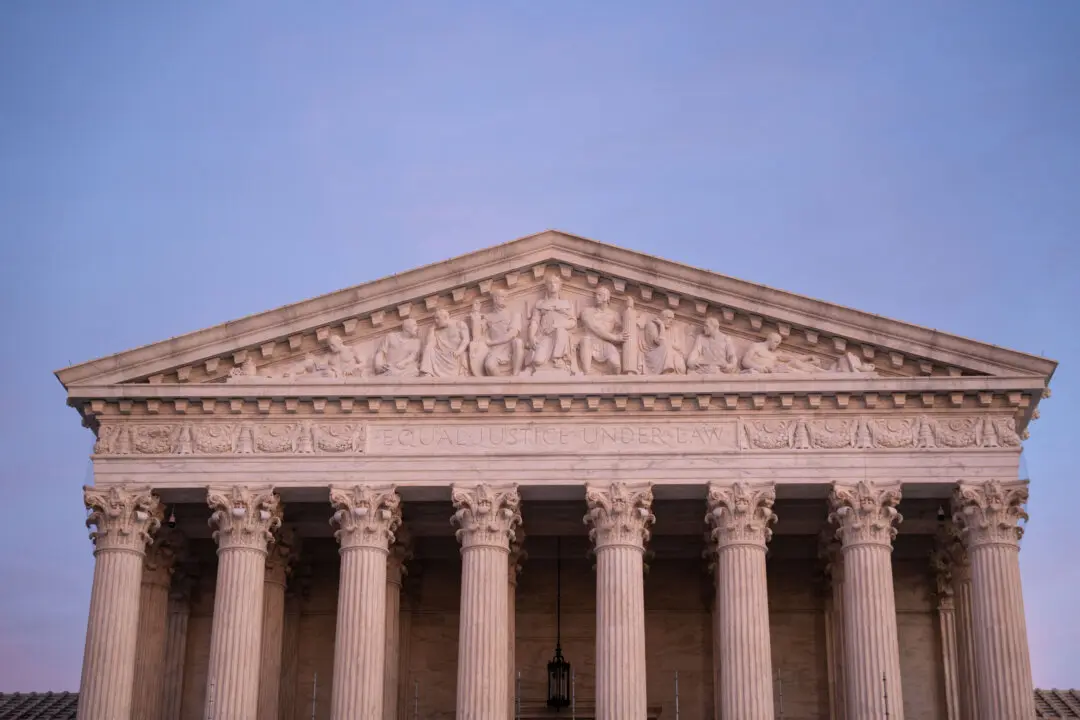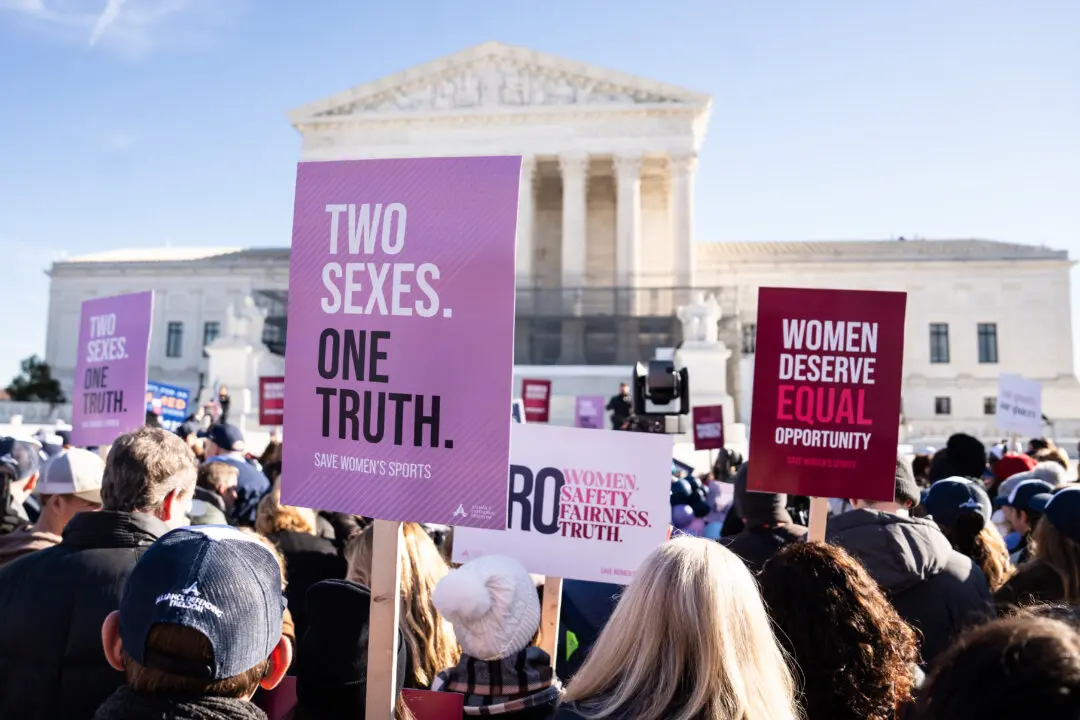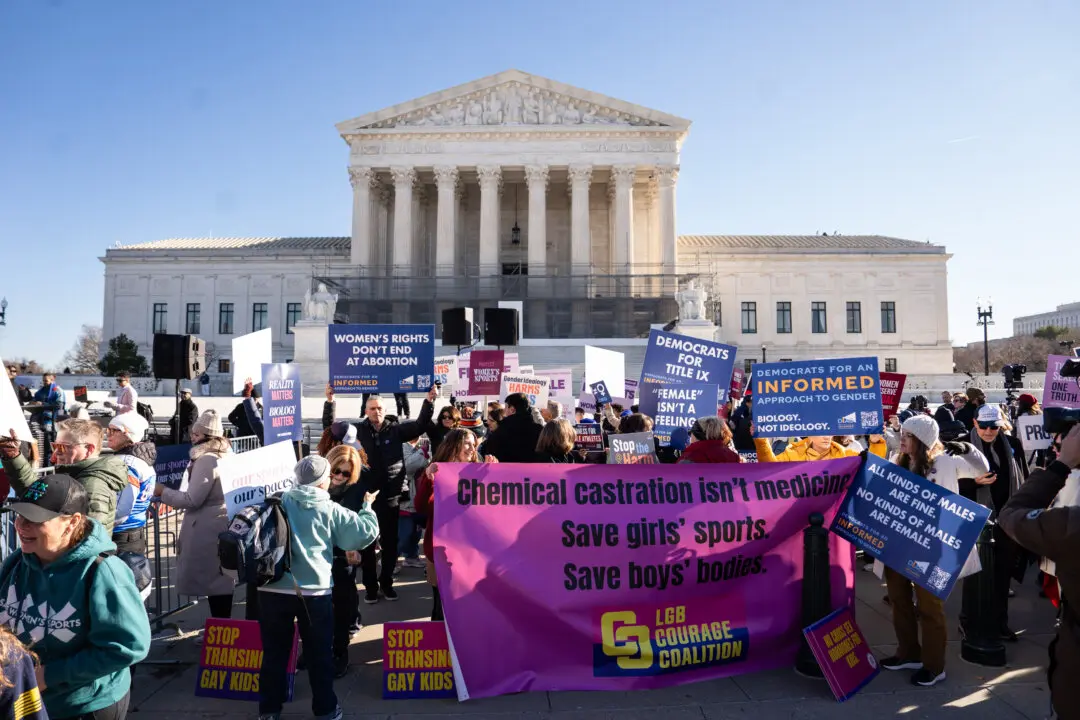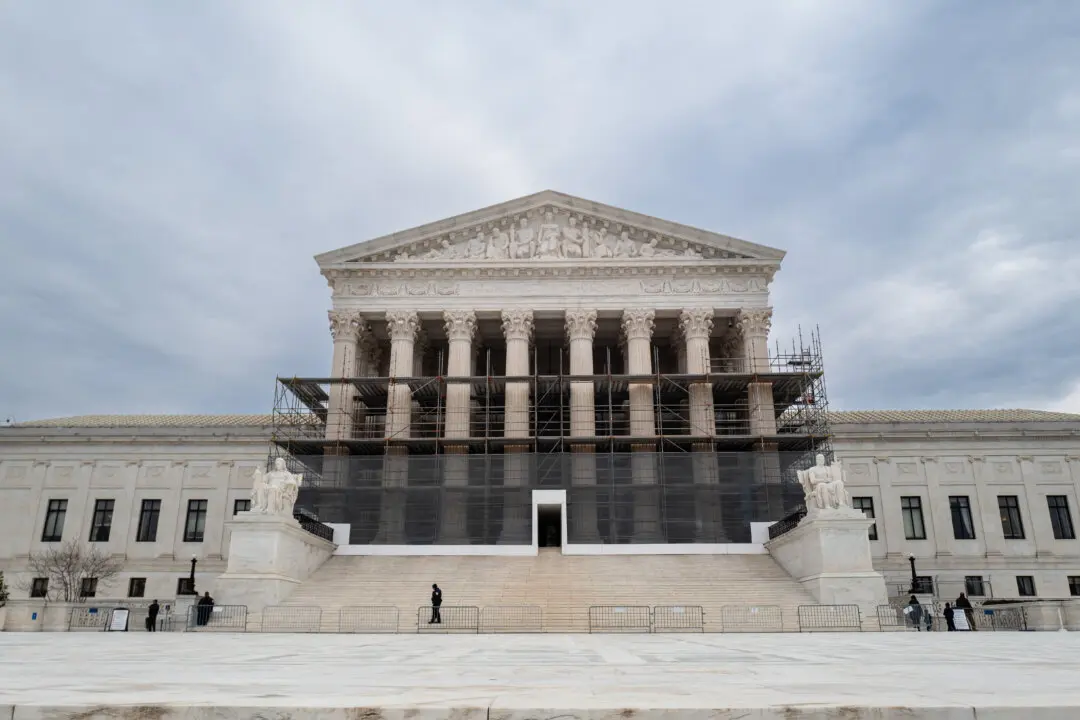The justices of the Supreme Court struggled during oral arguments on Feb. 21 about the extent to which social media platforms should be held liable when terrorist groups use the platforms to promote their causes.
Conservative and liberal members of the high court alike expressed confusion during a hearing that spanned 2 hours and 41 minutes as the lawyer for a terrorism victim’s family urged them to curtail federal protections enacted decades ago to spur the growth of the internet. Justices seemed concerned that going too far could undermine those federal protections and open the door to widespread litigation over internet content.





